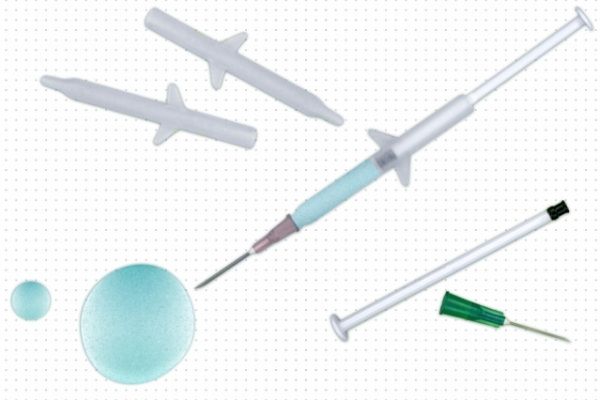Microparticles offer a promising way to deliver multiple doses of a drug or vaccine at once, because they can be designed to release their payload at specific intervals. However, the particles, which are about the size of a grain of sand, can be difficult to inject because they can get clogged in a typical syringe.
MIT researchers have now developed a computational model that can help them improve the injectability of such microparticles and prevent clogging. The model analyzes a variety of factors, including the size and shape of the particles, to determine an optimal design for injectability.
Using this model, the researchers were able to achieve a sixfold increase in the percentage of microparticles they could successfully inject. They now hope to use the model to develop and test microparticles that could be used to deliver cancer immunotherapy drugs, among other potential applications.
“This is a framework that can help us with some of the technologies that we’ve developed in the lab and that we’re trying to get into the clinic,” says Ana Jaklenec, a research scientist at MIT’s Koch Institute for Integrative Cancer Research.
Read more at Massachusetts Institute of Technology
Image: MIT researchers have developed a computational model that can help improve the injectability of drug-delivery microparticles and prevent clogging. Using this model, the researchers were able to achieve a sixfold increase in the percentage of microparticles they could successfully inject. CREDIT: Felice Frankel and Christine Daniloff, MIT


